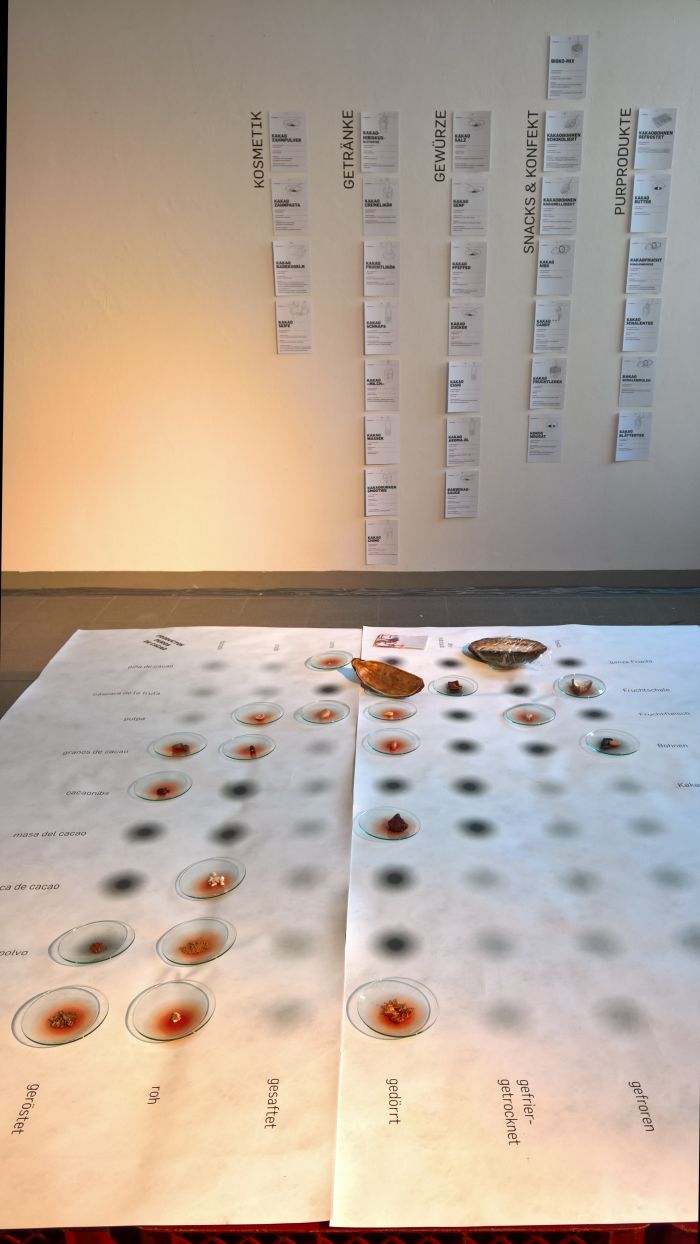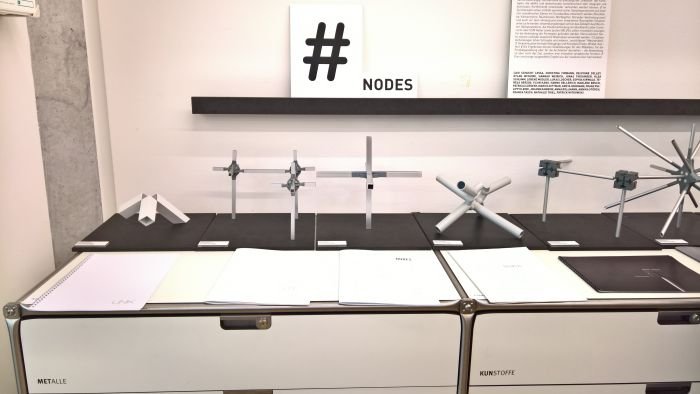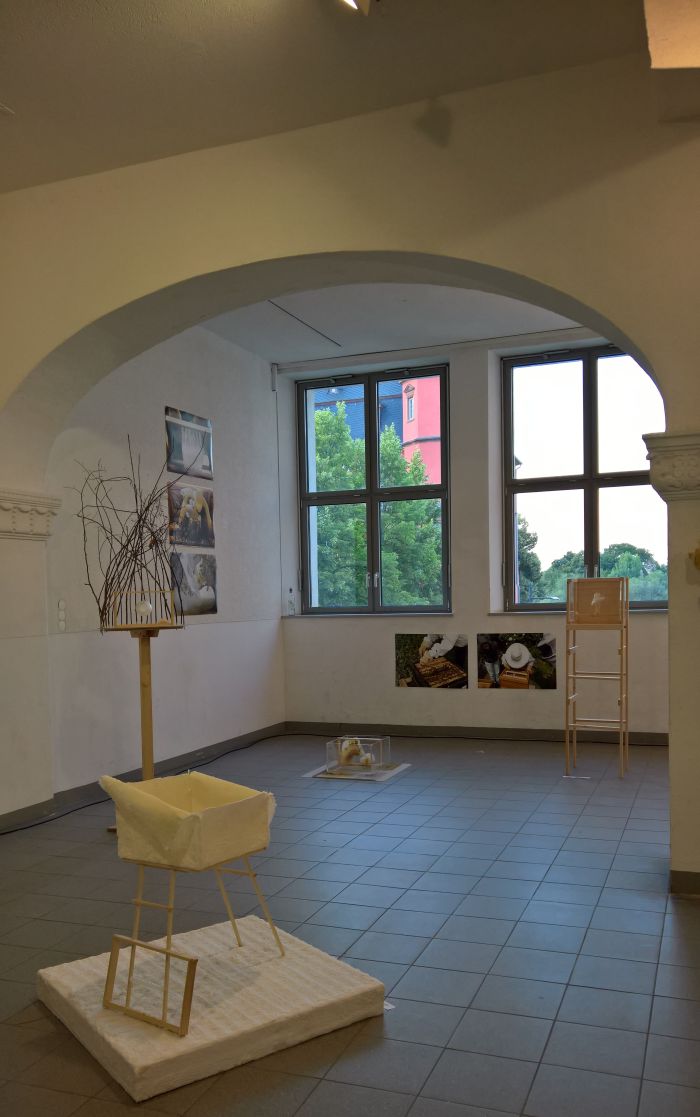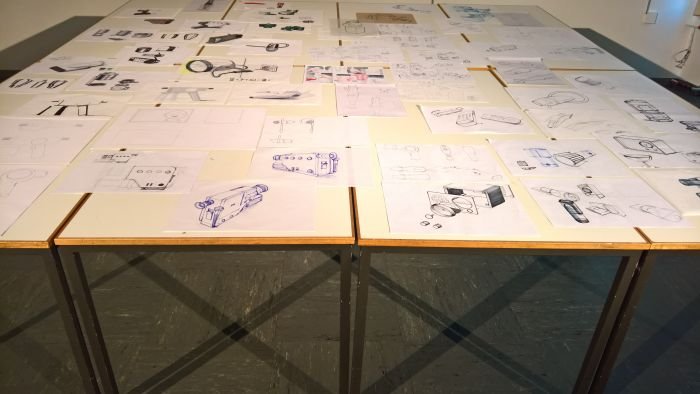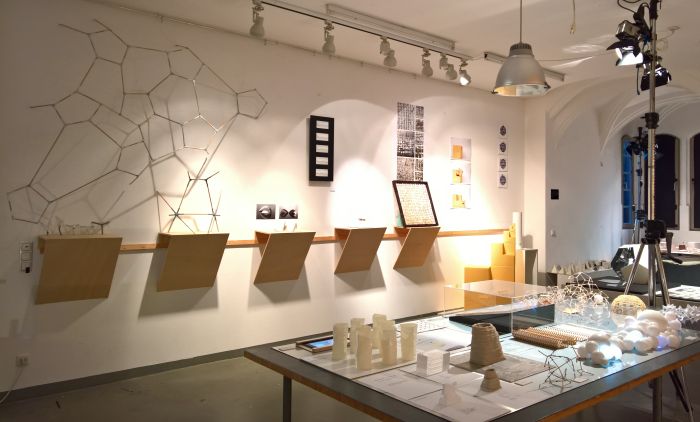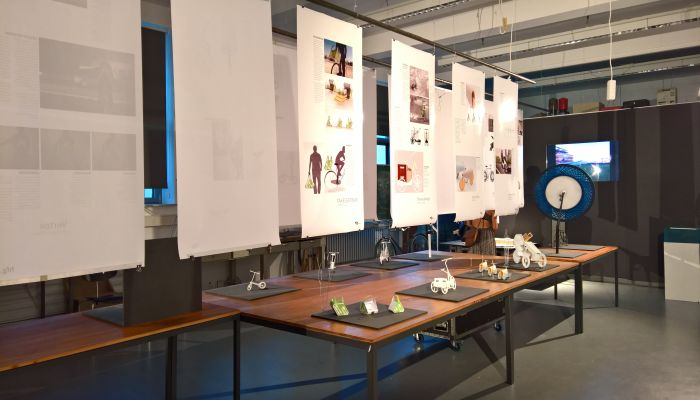Whereas Frankfurt can, and very loudly does, claim to the birthplace of the German poet, playwright, scientist, statesman, etc, etc, etc Johann Wolfgang von Goethe, nearby Offenbach was not only the birthplace of his almost wife and long, long time love Lili Schönemann, but it was in the, then, relative, calm of Offenbach that Goethe's affections for Lili evolved and grew; "Lili was the first person I deeply and truly loved, and maybe she was the last", an octogenarian Goethe is reported as having confided to a friend.
Would however we return from the 2018 Hochschule für Gestaltung Offenbach Rundgang with such a deep, enduring love....? With our own Lili......?
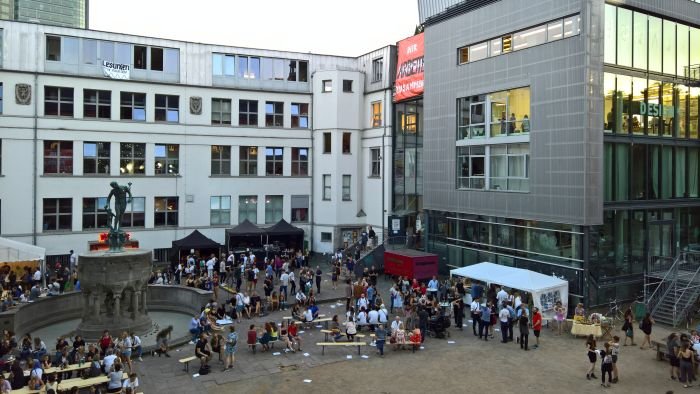
The (hi)story of the Hochschule für Gestaltung, HfG, Offenbach begins with the establishment in 1832 by one George Fink of a, from himself, privately, funded, Crafts & Trades School, a school whose need was obviously apparent given that the institution was taken on first in 1846 by the local Trades Association and subsequently in 1875 by the local authority, who in 1877 merged the Crafts & Trades School with the local Artistic Industries School to create the Unified Craft, Trade and Artistic Industries School, which was, thankfully, renamed in 1885 the much more enunciation friendly, School of Applied Arts.
In 1903 the institute acquired a mechanical engineering college, thereby making it home to a construction, mechanical engineering, applied arts and crafts/trades schools; albeit only until the mid-1930s when the freshly elected Nazis relocated the construction and mechanical engineering schools to Darmstadt, thus returning Offenbach to its status as a trade/craft/applied art school.
Post-war the institute re-established itself as the Offenbacher Werkkunstschule, becoming the Hochschule für Gestaltung in 1970, an institution which, and after numerous changes of curriculum and focus, today offers undergraduate, postgraduate and doctoral courses of study across a range of free and applied creative disciplines including, art, communication design, scenography and costume, as well as design, where, and within the traditional German Diploma structure maintained by the school, students can choose specialisations in, and amongst other subject areas, integrated design, material orientated design or furniture design.
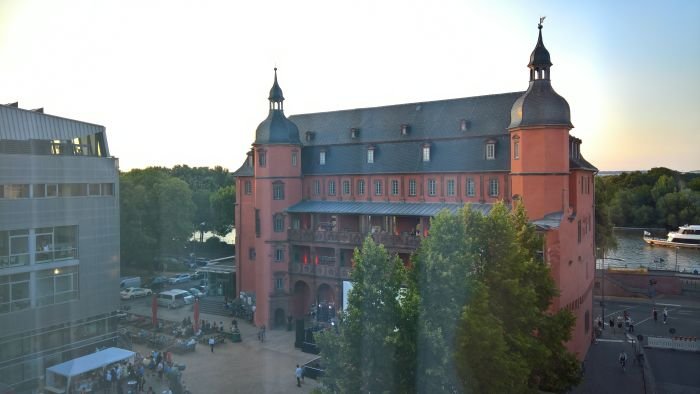
The 2018 Hochschule für Gestaltung Offenbach Rundgang presented a mix of graduation projects and the results of numerous semester projects, and thereby a format which allowed for an impression of the school's understanding of design eduction and also an insight into those themes, processes, technologies and skills which the school considers relevant and to which they consider a future design generation should be exposed/proficient in.
Whereby we must confess that the unique and idiosyncratic method by which our #campustour, our indeed any such tour, is organised means that compromises continually have to be made. In terms of Offenbach the only option was to visit it on the opening evening, never something we choose freely to do, averse as we are to the crowds one inevitably encounters, while the added difficulties of the local railway engineering work, and thus more complicated than usual connection between Offenbach and Frankfurt, meant we didn't have as much time as we would have liked. We had plenty, but not as much as we would have like. And thus almost certainly missed the nuance of one or the other project and/or response to a project brief. And certainly meant that we didn't have time to properly consider in sufficient detail the projects in the Institute for Materialdesign. A situation we plan to rectify ASAHP.
What we did however have opportunity to enjoy was the physical tour through the corridors and stairwells of Hugo Eberhardt's 1913 building and its more recent extension, a tour which makes very clear that one is in an established art school. The sprit of the late '60s following your every step. And resonating continually with a contemporary relevance.
Among the semester projects presented our attention and imaginations were particularly caught by, for example, Draussen Sitzen which presented the results of a competition run amongst Offenbach students for the realisation of new public, outdoor, seating for the Hessenpark open air museum in Neu-Anspach, and therefore a nice example of how a student semester project can be linked to reality rather than being hung on a theoretical hook or aiming at an abstract target. The winning design, a modular seat/table system by Karlotta Klußmann, a work formally reminiscent of the traditional rustic Holzschemel, and which thus blends naturally, though kitsch free, with the wider museum, will, so we understand, be produced and used in Neu-Anspach.
Similarly linking design to the real world was a course which we think was called, What Design Can Do: Kakao, but may not have been, but which was most certainly part of a long-term cooperation between the HfG Offenbach and the NGO Bösöppe in Equitorial Guinea, and which in addition to considering the wider uses of cocoa also posed the salient question "why only think of exports in context of cocoa". The answer, "because to do such is inherent in our colonialist understanding of foreign lands as being ripe for plunder and exploitation", may have been implicit in the question, thankfully wasn't amongst those reflected or enacted. Although to be fair the project did also consider export, importantly as a counterpart to uses for the local market. Among the more concrete results of the project was Bioko, a mix of cocoa beans and tropical fruits positioned as an alternative snack option over mixed nuts/dried fruits.
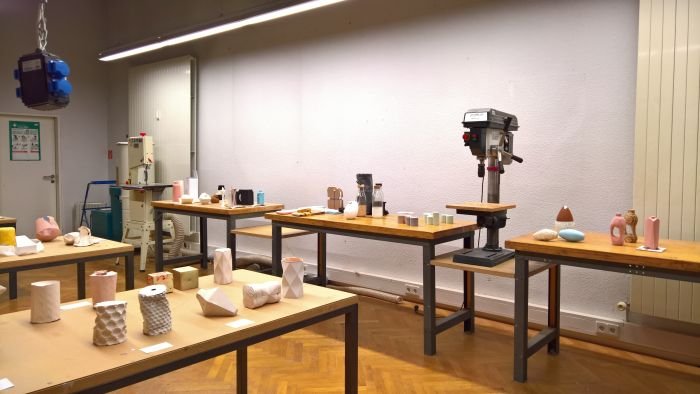
Elsewhere numerous projects explored questions of contemporary urban environments including Wheel2Wheel which challenged students to consider and respond to future questions of bicycles and uses of bicycles in urban spaces, and which pleasingly didn't just produce a lot of hipster-heavy-cliches but also explored practical, social aspects. And reinforced the fact that the bikes can have a role in future urban transport systems. It needn't all be super-shiny autonomous pods.
Much more fundamentally, the project Infrastructure and Identity had nothing to do with considerations on contemporary EU regional funding policy but rather posed the question "what role does design have in context of of urban spaces in relation to architecture", or put another way what can designers bring to urban spaces that architects can't, and which amongst other proposals resulted in Faro by Martin Stegmaier which foresees extending the role of lampposts in urban furniture beyond simply the hanging of litter bins, but much more to use them for the integration of modular, and thus inter-changeable and re-configurable, components including, for example, seating, bike stands, litter bins, and a proposal which by extrapolation offers a simple and easy option for providing urban charging systems.
In terms of more technical classes, Nodes asked the students to develop .... nodes ... and where, pleasingly, the stated aim wasn't the potential use but more elementarily the innovative syntactic structure proposed, which, sadly, has less to do with Noam Chomsky and more to do with a focus on the structure, the individual components, of the construction. While Future Household Appliances in cooperation with VORWERK sought proposals for ... future household appliances ... and which reminded us of the objects Magic and Bowl presented by Stefan Diez in context of the exhibition Full House: Design by Stefan Diez at the Museum für Angewandte Kunst Cologne, two proposals for a future household appliance, both developed for VORWERK as a further, interactive, development of the company's Thermomix food processor: but which never got past the development phase. A nice reminder that design isn't automatic, that an idea needn't proceed to a product, that an idea can look good as a model, can be logical and obvious, but can subsequently unravel, and that both through decisions the designer makes but also through external forces over which the designer has no control. If the students were aware of Magic and Bowl, we know no, but it is definitely the sort of story we believe all design students should be aware of. Including the discussion as to how much a designer should be paid for the development work.
Then there was Ultrablue by and with Professor Petra Kellner & Dipl.-Des. Knut Völzke, and which explored the creation, properties and impact of the colour blue. And a presentation which meant that for the next three days we had the Manic Street Preacher's International Blue as our earmworm. Which isn't a complaint. Far from it. Always happy for a bit virtual Manics. And it makes a change from Motorcycle Emptiness, an earworm a lot of student projects give us.
Full details on the Hochschule für Gestaltung Offenbach can be found at www.hfg-offenbach.de
